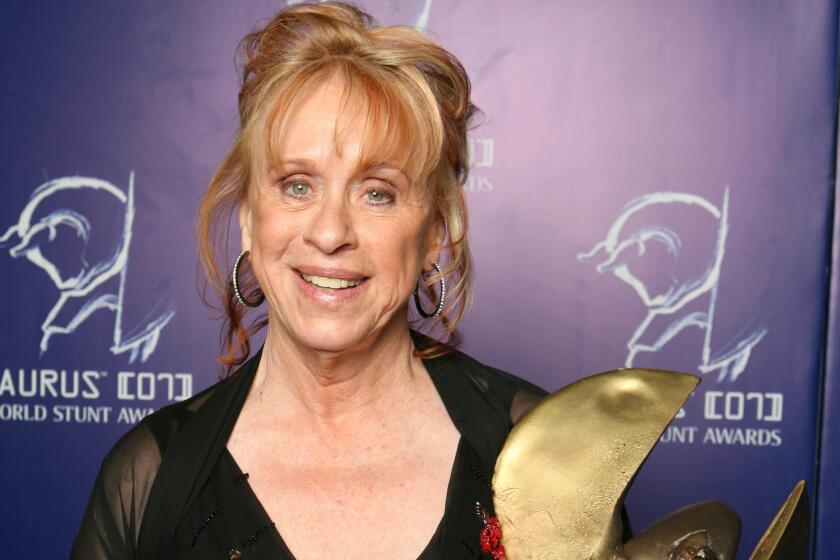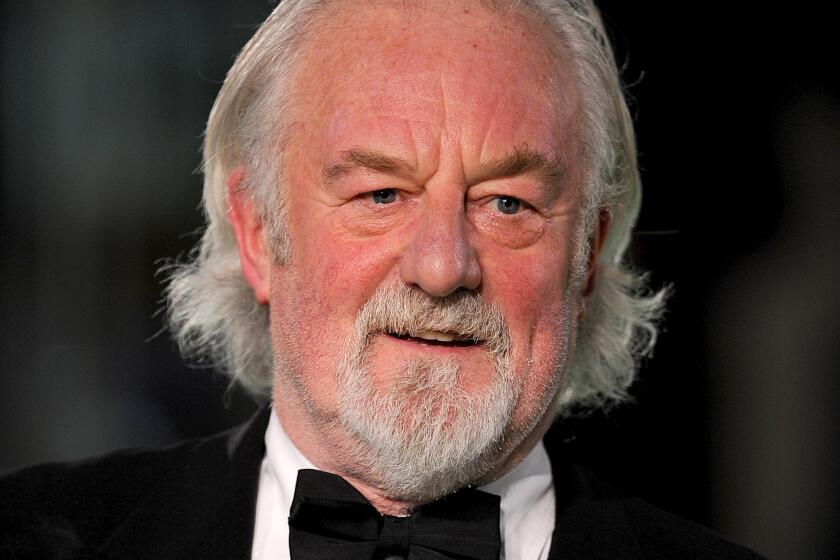Kodak Cuts Dividend, Shifts Strategy
In a bold gamble, Eastman Kodak Co. on Thursday slashed its dividend for the first time to bankroll its shift away from the film and camera business it pioneered and into the rapidly growing digital imaging industry.
The decision to cut its annual dividend from $1.80 to 50 cents a share rattled Wall Street. Shares of Rochester, N.Y.-based Kodak, a component of the Dow Jones industrial average, fell $4.84 to $22.15 -- an 18% drop and the stock’s lowest level in almost 20 years.
Traditional film, camera, paper and development sales still generate about 60% of Kodak’s nearly $13 billion in annual revenue, and the company’s brand is among the most recognized in the world. However, the company has been battered by years of poor financial performance and huge layoffs.
Kodak’s sales and profit from its traditional core businesses have sagged as consumers have abandoned film cameras for increasingly cheaper digital equipment, products and services.
“Today, we are experiencing a structural shift in our traditional film and paper business in developed markets,” Chairman and Chief Executive Daniel A. Carp said. “To address this shift, we’ve begun a transformation that is pragmatic and bold. We are determined to win in these new digital markets, and we are creating a Kodak that is geared for success.”
As part of its new strategy, which was unveiled before a shareholders meeting in New York, Kodak said it would now be able to pump at least $3 billion into investments and acquisitions related to digital photography and imaging.
It plans to expand its line of digital cameras, printers and other equipment for consumers, who are increasingly using the Internet to transmit and display their digital images.
Kodak also said it would step up efforts to deliver on-demand, color printing products for businesses and planned to increase its share of the lucrative medical images and information services business.
Although Kodak will continue to sell film and traditional cameras, it will no longer make any major investment in the business and will seek to expand its share of sales, a move that probably will require price cuts.
Industry observers said Kodak risked going the way of typewriter manufacturers, whose sales shriveled up as consumers and businesses adopted computers and word processing software.
In recent years, the company has hired away executives from companies with experience in the high-technology and digital imaging businesses.
Company President Antonio Perez, for example, was hired from California high-tech giant Hewlett-Packard Co. this year and will play a big role in the company’s transformation.
“I am committed to ensuring that we execute on our growth strategy,” Perez said. “We have the technology, the brand and the cash flow from our traditional business to help take advantage of these opportunities, and we intend to compete aggressively for market share.”
However, industry analysts have warned that established, industrial giants like Kodak have found it extremely difficult to undertake such dramatic makeovers.
In addition, the company will face intense competition from companies such as Canon Inc., Hewlett-Packard and Xerox Corp. that are already big players in the digital camera and printing equipment fields.






